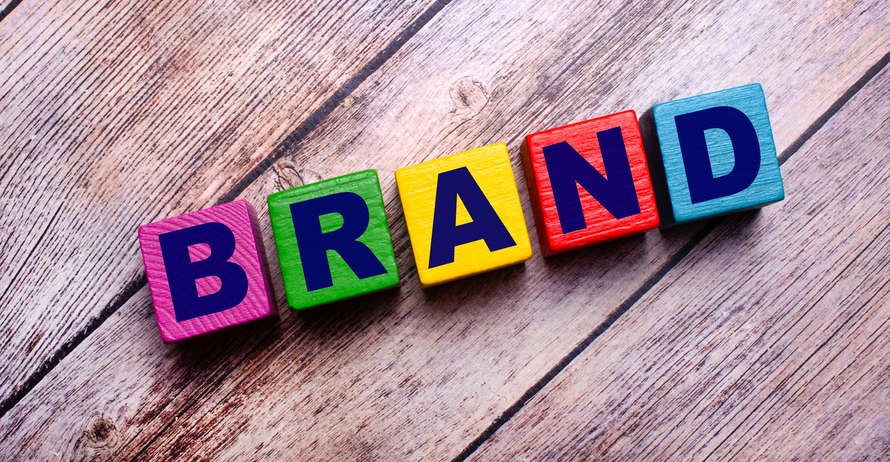

There is a wonderful saying that the world is a buffet of choices. And our life is an outcome of the choices we make. There is a strong correlation between effective decision-making and the quality of life. Every decision impacts us in some way, whether it is about our habits, career choices, building relationships, or going on vacations. Bigger the decision, higher the impact.
Quoting some examples, Mahatma Gandhi chose to lead the freedom movement solely on non-violence which made him one of the most respected leaders in the world. Sylvester Stallone made a choice of not just selling the script of the blockbuster Rocky movie but insisted on being hired as a lead actor in the movie. Satya Nadella made a choice of investing in AI technology to create the next big wonder ChatGPT. Whereas Mark Zuckerberg’s efforts of investing in the metaverse didn’t go well as expected so far. It is clear from these examples that decision-making impacts individuals, companies, and sometimes the entire nation in a big way. Therefore, one must give tremendous respect to the process of decision-making to ensure better outcomes. This article will cover five simple and practical models for effective decision-making. So read on.
Decoding effective decision-making is like searching for precious gems and pearls. The journey to effective decision-making does have obstacles and distractions along the way. Some of these obstacles are biases, impulses, lack of self-awareness, greed, fear, uncertainty, and complexity. The influence of these obstacles can be so subtle that it is almost impossible to identify them. Only after making several wrong decisions, do people learn to differentiate the influence of these obstacles. The million-dollar question is, how can we overcome biases and other obstacles before making important decisions in our lives?
Most people are unconscious of their personal decision-making approach. Some people are skewed toward intuition and impulses for taking decisions while others are more logical and unemotional. Scientists believe, relying solely on logic or intuition may not always give a balanced view of the situation. Following an unconscious and skewed approach to decision-making may prove expensive and faulty. Scientists believe one must take cues from both intuition and logic to arrive at decisions. However, sometimes people are faced with situations where they don’t have prior information or experience to apply logic and intuition. They may feel extremely overwhelmed in such a situation and may end up taking a wrong decision. It can be extremely frustrating and stressful. They need a way to evaluate their option thoroughly to arrive at better decisions.
These five decision-making models can make life easy. While working with these models, it may further help to develop both logic and intuition. When there is logic and intuition, people are more confident to make wise decisions based on the big picture. Let us explore these decision-making models with the help of an example.
Consider a situation, where a person needs to choose between investing a windfall gain of USD 100000, in one of the two options –
- A. Invest in a retirement fund
- B. Buy a luxury car
Let us evaluate these options through 5 decision-making models such as –
1. Rating Model
2. Impact on Stakeholders Model
3. Ethics and Values Model
4. Personal Vision Model
5. Advisor Model
Rating Model
The rating model is rational and logical in nature. In the model, you must identify important parameters for evaluating the alternatives. Give a score on each parameter ranging from 1 to 5 where 5 is the highest score. Total up the score for both alternatives. The alternative with the maximum score stands out. Take a look at the table given below to understand this better. The decision-maker identified 5 parameters that will be impacted by the decision, lifestyle, security, happiness, peace, and finance.
| Parameters | Option A Retirement Fund Rating (1 – 5) | Option B Luxury Car Rating (1 – 5) |
| Lifestyle | 1 | 4 |
| Security | 4 | 1 |
| Happiness | 3 | 4 |
| Peace | 4 | 2 |
| Finance | 5 | 2 |
| Total | 17 | 13 |
After the rating is given for each parameter, the total comes to 17 for option A and 13 for option B. In this model, Option A looks more promising than Option B.
Impact on Stakeholders Model
This model is intuitive in nature. It considers the impact of the decision on the stakeholders. It measures the feeling of stakeholders about the decision. Identify the stakeholders affected by the decision. The impact and feeling may be observed as positive, negative, or neutral. Give a score of (+1) if the impact is positive, (-1) for negative, and (0) for neutral. Check the given table below for understanding it well.
| Stakeholder | Option A – Retirement Fund (Sentiment) | Option B – Luxury Car (Sentiment) |
| Self | Positive (+1) | Negative (-1) |
| Wife | Positive (+1) | Positive (+1) |
| Kid | Neutral (0) | Positive (+1) |
| Total | 2 | 1 |
As per this model, the sentiment score for option A is higher than option B. Taking Option-A will make the majority of the stakeholders happier.
Ethics & Values Model
This model is based on ethics, personal values, belief system, integrity, and commitment. This model is intuitive in nature. These elements have a very profound impact on the decision-making. Hence, considering them is extremely important. This model enables people to listen to their inner voice and gauge their feeling toward the available options. The option that is aligned with ethics and personal values feels better. The inner voice will give subtle indications that need to be captured carefully. This is like a supercomputer doing quick calculations based on the software to give the final answer. This process is a very natural and powerful one. Go for the option that feels right. In this example, look at the responses captured by the decision-maker for both options. Option-A feels more right by the decision-maker.
| Model | Option A – Retirement Fund | Option B – Luxury Car |
| Ethics & Values Model | Yes, this is wise to invest in a retirement fund | No, this is a wastage of money |
Personal Vision Model
This model requires the decision-maker to match the available options with the personal vision. Having a personal vision is a great way to navigate oneself in life. Introspection at regular intervals may be useful to develop a personal vision. One must evaluate the consequences of each option on the personal vision. Find out which choice has a high potential to support the vision. A choice that supports the vision must be given due preference. Mark the choice as ‘Supportive’ or ‘Unsupportive’ against the choices. Let’s say the vision of the decision-maker is to buy a farmhouse in the hill station for spending retirement years and enjoy a peaceful life in nature. Look at the given table below for a clear understanding.
| Model | Option A – Retirement Fund | Option B – Luxury Car |
| Personal Vision | Supportive | Unsupportive |
As per this model, Option-A is marked as supportive compared to the other option.
Consultation Model
In this model, a decision-maker is expected to consult with people in the close network. It may consist of mentors, close friends, colleagues, family members, and professionals. It is important to carefully choose the people in the advising circle who can contribute with some valuable input in making decisions. Explain the situation to the advisors and share the available choices. Consult them and capture their responses for each alternative. Look at the table given below. In the end, check the number of ‘Yes’ for each choice. The choice with a majority of ‘Yes’ can be given a higher preference.
| Advisors | Option A – Retirement Fund | Option B – Luxury Car |
| Mentor-1 | Yes, go ahead | No, leave this option |
| Mentor-2 | Yes, go ahead | No, leave this option |
| Friend-1 | No, leave this option | Yes, go ahead |
| Friend-2 | No, leave this option | Yes, go ahead |
| Friend-3 | Yes, go ahead | No, leave this option |
| Expert-1 | Yes, go ahead | No, leave this option |
| Expert-2 | No, leave this option | Yes, go ahead |
| Spouse | Yes, go ahead | No, may be later |
| Total Score | 5 | 3 |
In this model, Option-A receives 5 Yes and Option-B gets only 3, hence investing in a retirement fund can be preferred.
At the end of this analysis, the decision-maker is in a better position to choose the right option. As per the analysis across the five (5) models of decision-making, Option-A (Building a retirement fund) is a clear winner.
At last, it can be concluded that decision-making is an important skill that shapes the fate of people, companies, and the nation. A good decision requires overcoming the influence of biases, impulses, greed, or fear. Scientists recommend considering both logic and intuition for a more balanced decision. Decision-making models can help people develop logic and intuition to make informed decisions with high conviction and confidence. It may increase their probability of success and eliminate the risk. Spending time developing and sharpening decision-making skills is of utmost importance. Let us become a better decision-makers to prosper well!
About the author:

Gaurav Warman is a Talent Development Practitioner with 17 years of experience in large organizations across Asia, Middle East, and the APAC region. He currently working as Head of Learning and Performance Management at Lulu Financial Holdings in Abu Dhabi (UAE). He is passionate about topics such as behavioral psychology, leadership, and personal effectiveness. He loves reading, listening to music, and cycling.
Popular BLOG

July 11, 2024
Building Bridges: Unleashing the Potential of Cross-Border Payment Interoperability

June 24, 2024
Knowledge Engineering & Neural Network- A Hybrid Synergy

June 7, 2024
Emerging Cyber Threats Against the Financial Industry: Protecting Critical Assets in the Digital Age

April 27, 2024
Real-Time Risk Management Through Audit, Risk & Compliance: The Future Of Corporate Governance

April 2, 2024
Five Decision-Making Models to Maximise Success

March 25, 2024
Resilient Leadership

February 4, 2024
9 Success Stories of Intrapreneurship

August 4, 2023
Compliance Risk Management and Technology

July 6, 2022
Brand Intimacy – A New Growth Strategy

July 6, 2022
Future of Business through Technology Lens

